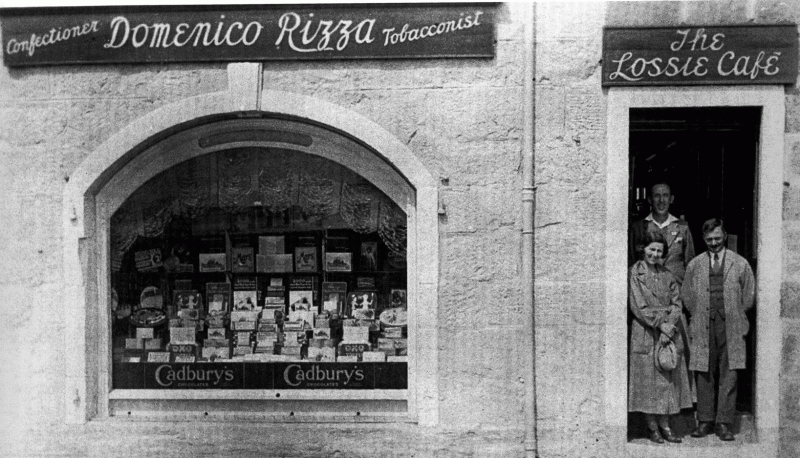words by Carol King
The Italo-Scottish Research Centre (ISRC) in Edinburgh is creating an archive of the Italian diaspora in Scotland.
Italian immigrants started arriving in Scotland after the Italian unification in 1861. The first mass immigration to Scotland began in the 1890s and continued to the late 1940s. The ISRC archive is the first to collate information covering their stories. The archive will consist of published documents, recordings and transcriptions of interviews with community representatives, and personal ephemera such as letters and photographs. The ISRC is creating a website as part of the archive to promote research projects, conferences and facilitate document sharing.
The ISRC was founded in Edinburgh in May 2012 as an interdisciplinary centre for the study of Italian immigration to Scotland and bilateral relations between the two countries. The archive builds from current research carried out at the University of Edinburgh.
Among other projects spearheaded by the ISRC is the making of a documentary about Italian-Scots interned in Scotland during World War II. The ISRC has also worked on an audio guide devoted to artist Sir Eduardo Paolozzi’s ‘The Manuscript of Monte Cassino’ bronze sculpture created in 1991. The sculpture is located in Picardy Place opposite St Mary’s Roman Catholic Cathedral – an area popular among Italians when the artist was born. The artwork refers to the bombing of the monastery of Monte Cassino during World War II and Ancient Roman sculpture on Rome’s Capitoline Hill. Paolozzi’s Italian family came from the village of Viticuso, near Cassino.
Paolozzi is one of many notable Scots of Italian descent. Other famous names include pop singer Paolo Nutini, comedian and film director Armando Iannucci, and the only Scottish-born footballer to have played for Italy, Giovanni ‘Johnny’ Moscardini.
The ISRC archive will be presented officially in Italy at the Monte Cassino Abbey in Lazio on 5 May 2013.













